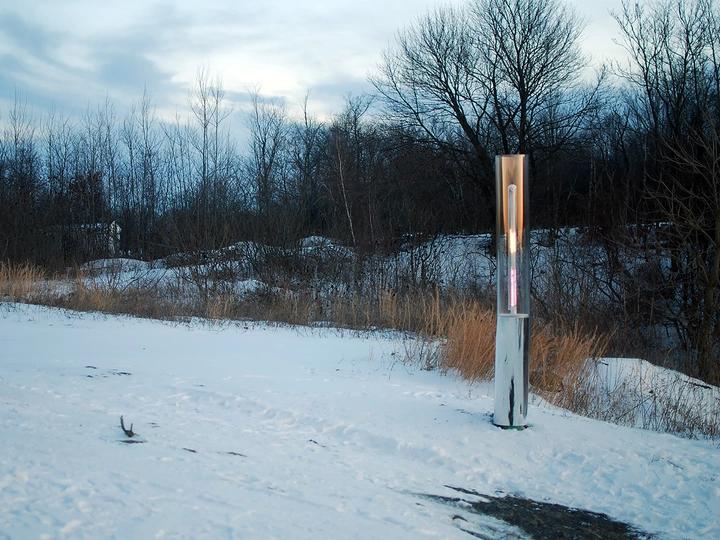Sentinel Lands: The Geospace of Mine Fires

Pep Avilés is a historian, architect, and educator whose academic research explores the impact media had in modern architecture after World War II. More recently, he has concentrated on the environmental histories emerging at the Anthracite Region in Pennsylvania, and the impacts of the modern culture of extraction. Avilés is assistant professor at the Department of Architecture, Penn State. Laia Celma is an architect and educator currently working as assistant teaching professor at Penn State.
This project highlights the long-term spatial and ecological consequences of extraction economies and their impact on climate change by examining coal mine fires.
As underground fires burn, they release a stream of noxious gases such as methane, carbon monoxide, carbon dioxide, sulfur dioxide, and nitrogen dioxide, as well as toxic particulates. Global coal mine fires are a direct contributor to climate change, but the magnitude of their emissions and their impact on the environment are largely understudied. On a local scale, coal mine fires pollute underground waters and alter the temperature of the surrounding soil, perturbing the microbial communities that constitute an important component of the soil and general vegetative health of the area. Heat and other environmental changes create conditions that are inhospitable for some types of microbes while favoring others. Extreme soil conditions even activate dormant microbes that might have been latent for decades, centuries, or millennia. Given the absence of accurate scientific data and the complex structure of land ownership, such burns usually fall under the category of unmitigated risk.
As hundreds of obscured coal seam fires continue burning world-wide (for instance, the Dudweiler coal seam fire in Germany began burning in 1668 and the Centralia Coal mine fire in Pennsylvania started in 1962), their geo-environmental and spatial impact will long be felt, leaving behind a landscape of polluted lands and ghost towns. These continually burning underground landscapes perform as sentinel lands, reminding us of the spatial consequences of our economic model. Historically considered, these landscapes illustrate how fragile the mining communities that developed following nineteenth and twentieth-century migrations were, and how ephemeral their histories of labor, ethnicity, race, and gender became in the Capitalocene.